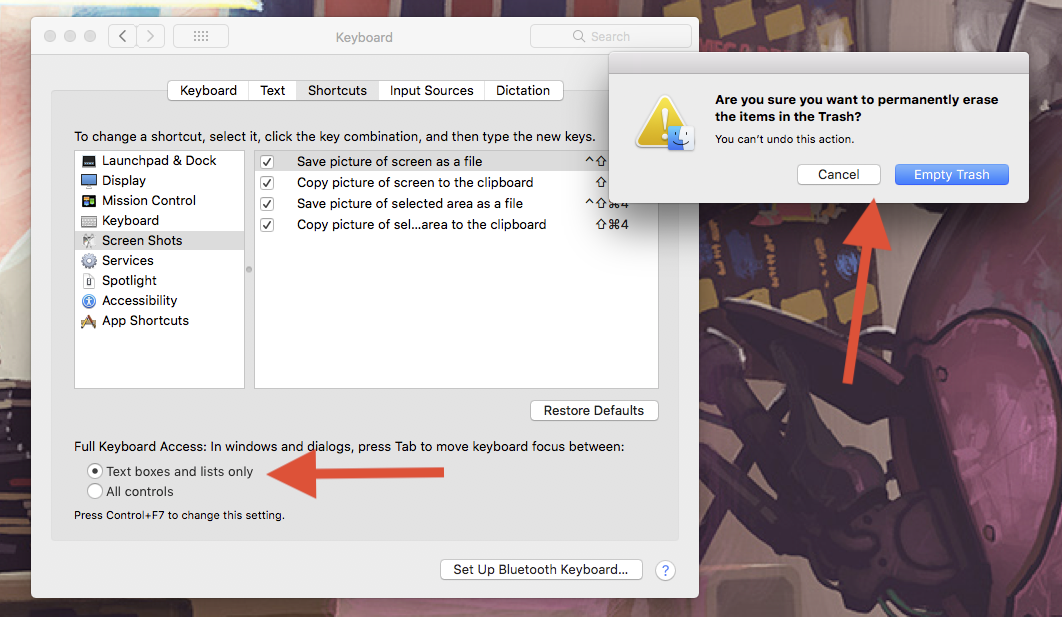Hm, I'm not sure these apply.
We don't actually remove focus, we just remove focus styling when it seems likely that the user will not need to know that focus has been moved (i.e. when the user is using a mouse). The element is still focused.
2.4.7 states "Any keyboard operable user interface has a mode of operation where the keyboard focus indicator is visible", which this clearly provides: as soon as you use the keyboard, the focus outline becomes visible.





Having different focus indicators for mouse and keyboard users is going to be very confusing. More specifically for users with low vision or cognitive impairments or learning disabilities. It is very problematic. Focus indicators need to be presented in a consistent way.
I think there are several usability and accessibility issues with most of the demoed options here.
Common WCAG 2.0 AA failures include: Common Failures for SC 2.4.7 F55: 2.1.1, 2.4.7, and 3.2.1 due to using script to remove focus when focus is received. F78: Failure of Success Criterion 2.4.7 due to styling element outlines and borders in a way that removes or renders non-visible the visual focus indicator